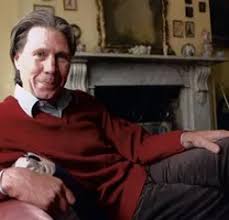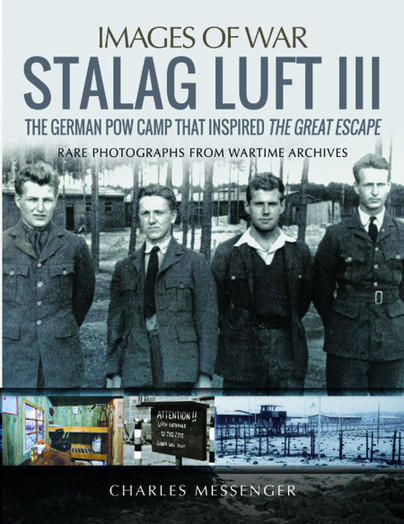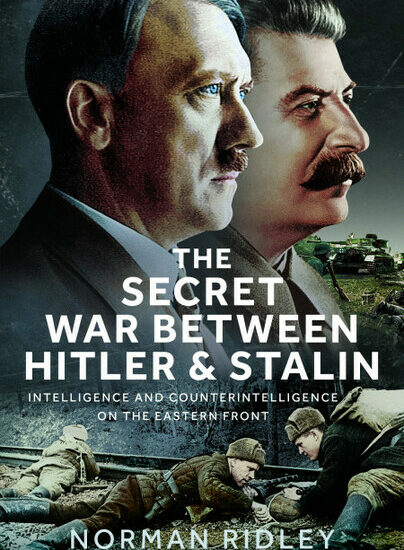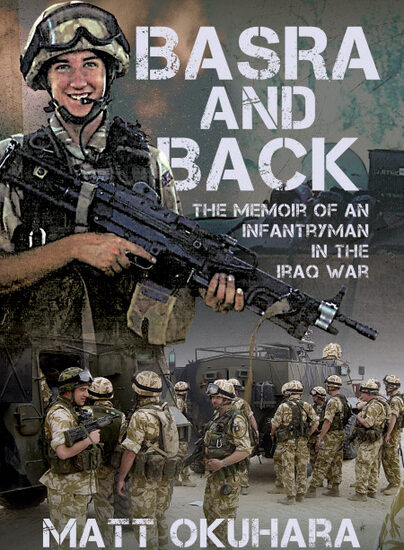Meet the author: Charles Messenger
Charles Messenger is a renowned historian, who served 21 years with the British Royal Tank Regiment and 13 with the British Territorial Army. Images Of War: Stalag Luft III is published by Greenhill Books.

1.
What
was the purpose of the breakout from Stalag Luft III in March 1944?
To cause the Germans the maximum possible disruption and embarrassment.
2.
In your mind did the breakout achieve anything?
In addition to three home runs, the Great Escape achieved its aim.
3.
Was is the duty of an officer at that time to attempt to escape?
There was no laid down order that officers must escape, but they were strongly encouraged to do so, especially by MI9.
4.
What was Roger Bushell’s motivation?
He saw escaping as another means of carrying on war against the Germans.
5.
Can you describe Bushell and von Lindeiner in five words each?
Bushell: larger than life and very determined
Von Lindeiner: typical Prussian officer of the old school
6.
If you had to choose one image in the book as your favourite, or the
most important, which would it be?
The picture showing two Prisoners of War disguised as guards, who were given away by the fact that their greatcoats were too short, compared to those of the German guards escorting them.
7. German Prisoners of War made escape attempts from camps in Britain: how similar were their attempts, such as the Devizes breakout, and could any be regarded as successful?
Yes, the Germans did carry out mass escapes, most notable being the break out by 70 men from Island Farm Camp, Bridgend in March 1945. No German, however, made a successful escape from Britain.
8.
50 men were executed after the Stalag Luft III escape: was the
disruption caused enough to justify the loss of life?
It should be pointed out that it was expected that most of the escapers would be recaptured, but not that the majority would be executed. Hitler’s rage at the escape (which of course triggered the executions) demonstrates how embarrassed the Nazi regime was. The impact was certainly more that the equivalent of the murdered men – seven heavy bomber crews – dropping their bombload over Berlin. The escape did not, however boost the morale of the Prisoners of War once they were told of the deaths. Indeed, German warnings that the death penalty would now be standard for any escaping and recaptured Prisoner of War served as a deterrent to planning any more major escapes.
9.
Was the escape – in the words of Hermann Glemnitz – a ‘silly
idea’ and would an operation on a smaller scale have been more
effective?
A smaller scale escape would not have had the same effect.
10. Stalag Luft III is known to millions of people throughout the world because of the film, The Great Escape. How accurate is the film? Does it do more damage than good to the legacy of the Prisoners of War?
The film is treasonably accurate, especially the preparations for the escape. It certainly did not damage the Prisoner of War legacy. Rather, it enhanced the reputation of the escapers by giving them an international platform.
11.
If you could ask Bushell a question what would it be?
How many of the escapers did you expect to make a home run?
12. Were the Prisoners of War that organised the escape exceptional men? Or ordinary men in exceptional circumstances?
Apart perhaps from Bushell and one or two others, like Wings Day, most were ordinary men in exceptional circumstances.

Images of War: Stalag Luft III is available to order now.

